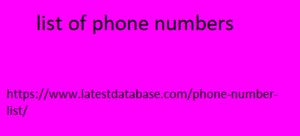|
|
Decide on the priority of information Next, prioritize the information you have identified. For example, when receiving inquiries from users, what method do you prefer? If you want to accept calls by phone rather than by email, the phone number has a high priority. A good rule of thumb is to place high-priority information at the top of the page. This is because the further down the page you go, the less likely it will be viewed . Therefore, place high-priority information as high as possible at the top of the page. STEP3. decide on the homepage layout when creating the wireframe. Commonly used layouts are.
Typical example of homepage layout single column layout multi column layout list of phone numbers full screen layout grid layout Introducing the types of homepage layouts There is no right answer to the layout of your homepage. The articles below introduce recommended layouts for each type of homepage , so please use them as a reference. Related article Basics of homepage layout! Easy-to-understand explanation of types and how to choose STEP4. Place content Now, let's arrange the content based on the layout (skeleton). When arranging content, what you want to be aware of is guiding the user's gaze (eye movements).

On homepages, a gaze guide called the "Z-shape" is often used. Explaining Z-shaped line of sight guidance The key to the Z-shape is that the user's line of sight flows from left to right . Place high-priority content on the left. As an example, we will introduce some of the contents of the top page of "X Server". Example of using Z-type eye guidance on Xserver service site We have arranged the following three contents under the title "Three Reasons to Choose X Server". Three reasons to choose X Server Ultra-fast and resistant to mass access Lots of advanced functions Reliable track record and support system Content that is ``ultra-fast and resistant to mass access'' is placed on the far left to increase the frequency with which users see it.
|
|